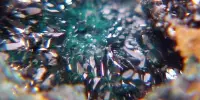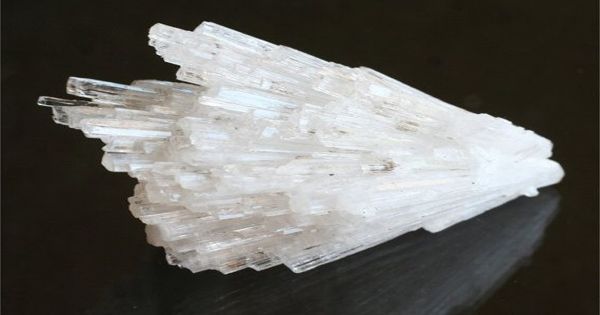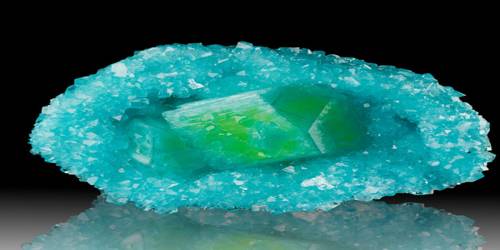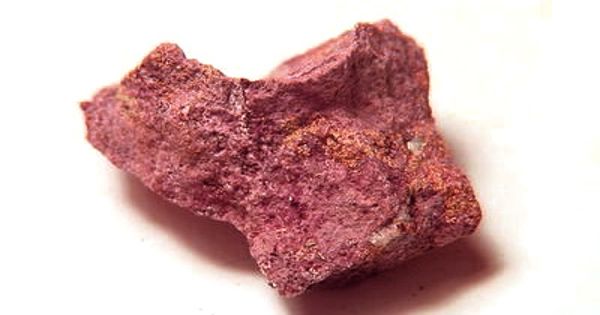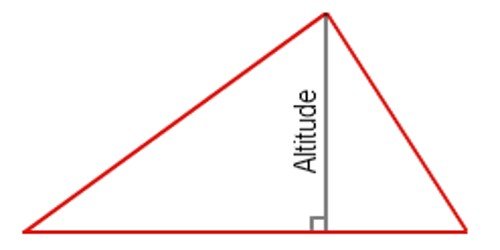The chlorites are a group of phyllosilicate minerals. It is a general name for several minerals that are difficult to distinguish by ordinary methods. The name chlorite is from the Greek chloros, meaning “green”, in reference to its color.
These minerals are all apart of the Chlorite Group of minerals Chlorites can be described by the following four endmembers based on their chemistry via substitution of the following four elements in the silicate lattice; Mg, Fe, Ni, and Mn.
- Clinochlore: (Mg5Al)(AlSi3)O10(OH)8
- Chamosite: (Fe5Al)(AlSi3)O10(OH)8
- Nimite: (Ni5Al)(AlSi3)O10(OH)8
- Pennantite: (Mn, Al)6(Si, Al)4O10(OH)8
In addition, zinc, lithium, and calcium species are known. The great range in composition results in considerable variation in physical, optical, and X-ray properties.
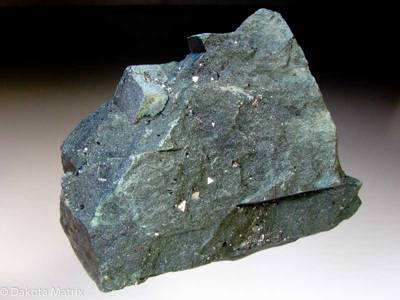
General Information
- Category: Phyllosilicates
- Formula: (Mg, Fe)3(Si, Al)4O10(OH)2(Mg, Fe)3(OH)6
- Crystal system: Monoclinic 2/m; with some triclinic polymorphs.
Properties
Chlorite is a common mineral associated with hydrothermal ore deposits and commonly occurs with epidote, sericite, adularia and sulfide minerals. Chlorite is also a common metamorphic mineral, usually indicative of low-grade metamorphism. It is the diagnostic species of the zeolite facies and of lower greenschist facies.
- Color: Various shades of green; rarely yellow, red, or white.
- Crystal habit: Foliated masses, scaley aggregates, disseminated flakes.
- Fracture: Lamellar
- Mohs scale hardness: 2–2.5
- Luster: Vitreous, pearly, dull
- Streak: Pale green to grey
- Specific gravity: 2.6–3.3
Occurrence
Chlorite is commonly found in igneous rocks as an alteration product of mafic minerals such as pyroxene, amphibole, and biotite. In this environment, chlorite may be a retrograde metamorphic alteration mineral of existing ferromagnesian minerals, or it may be present as a metasomatism product via the addition of Fe, Mg, or other compounds into the rock mass.
Chlorite occurs naturally in a variety of locations and forms. For example, chlorite is found naturally in certain parts of Wales in mineral schists. Chlorite is found in large boulders scattered on the ground surface on Ring Mountain in Marin County, California.
Information Source:

